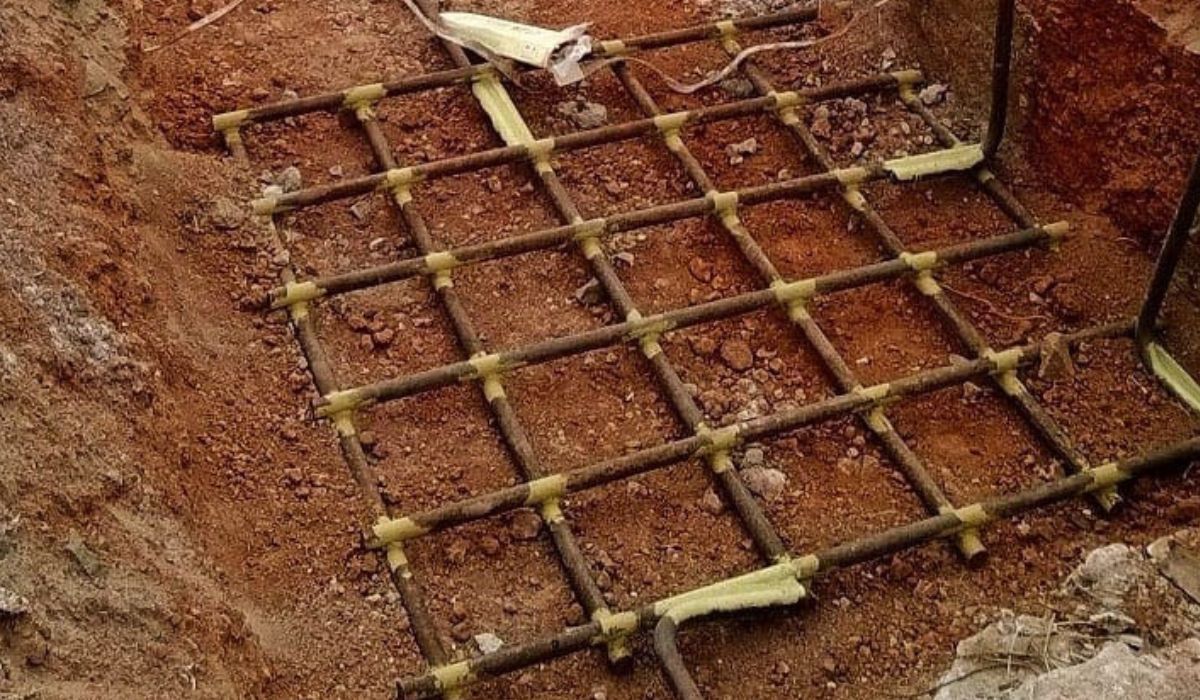There is a treasure trove of information hidden beneath the surface of Earth, the third planet from the Sun. The crust of the Earth has been thoroughly studied, but what lies beneath, the mysterious mantle, continues to captivate scientists and earthmat inspire wonder. Describing the composition, behavior, and critical role of the Earth’s mantle, this article delves into the Earth’s interior.
Unveiling the Earth’s Mantle: An Overview
A huge, constantly shifting layer of rock and molten material, the Earth’s mantle extends beneath the crust and reaches a depth of around 2,900 kilometers (1,800 miles). A crucial component in the evolution and processes of Earth’s geology, the mantle is composed of silicate minerals that are abundant in iron and magnesium.
Composition of the Mantle
The mantle’s main component is solid rock, but its temperature and pressure can vary greatly depending on its depth. The mantle is unique in composition due to the presence of minerals such as olivine, peridotite, and pyroxene. The physical properties and behavior of the mantle are impacted by these minerals.
The Dynamic Earth: Mantle Convection
As a result of mantle convection, the mantle is constantly changing, which is one of its most fascinating features. As a result of changes in pressure and temperature, molten rock moves about in this process. Warmer material rises to the surface as a result of heat from the Earth’s core, while cooler material falls back to the core. This process continues continuously.
Tectonic Plate Movements
The movement of the Earth’s tectonic plates is closely related to mantle convection. Platonic plates move in various directions due to the heat-driven mantle migration, which causes the phenomenon known as plate tectonics. Over the course of millions of years, this process has shaped the Earth’s surface by causing earthquakes, volcanic eruptions, and the formation of mountain ranges.
Earth’s Mantle and Volcanic Activity
The Earth’s mantle is the birthplace of volcanic eruptions, a breathtaking and potentially dangerous geological phenomenon. Magma chambers are pathways for the molten rock that makes its way from the mantle to the surface of the Earth. Magma, gasses, and ash are released during volcanic eruptions when the pressure in these chambers becomes too much.
Hotspots and Magma Plumes
Tectonic plate borders aren’t the only places on Earth where volcanic activity is on the rise. Mantle plumes, which are columns of very hot rock that rise from the deep mantle, are thought to be the source of these hotspots. The Hawaiian Islands and other volcanic landforms are formed when these plumes interact with the Earth’s crust.
Seismic Waves: Probing the Depths of the Mantle
Thanks to new seismological tools, researchers have been able to probe the Earth’s mantle like never before. Researchers can learn about the mantle’s makeup and properties at various depths by analyzing seismic waves earthmat produced by earthquakes.
Earth’s Interior Revealed
A method similar to a medical computed tomography scan, seismic tomography allows researchers to produce three-dimensional pictures of the Earth’s core. Because of this, we now know that the mantle is heterogeneous, with temperature and compositional changes as well as the existence of subducted oceanic plates.
The Role of Earth’s Mantle in Climate Regulation
The mantle of Earth not only affects the planet’s geology, but it also controls the planet’s temperature throughout geologic timeframes. An essential part of the dynamics of our climate, the carbon cycle is the transfer of carbon from the earthmat surface to the interior of the Earth via the mantle.
Carbon Sequestration
Carbon is able to go from the surface of the Earth to its mantle through subduction zones, which are formed when two tectonic plates dip beneath each other. Carbon sequestration is an important mechanism that affects Earth’s long-term climate by reducing the impact of the greenhouse effect.
Challenges and Frontiers in Mantle Research
There are still many unknowns and obstacles to overcome in our quest to understand the Earth’s mantle. Scientists have to depend on indirect methods and computer simulations because direct observation and sampling are impossible in the mantle due to the severe conditions.
High-Pressure Experiments
To replicate mantle conditions in the lab, scientists use high-pressure experiments. Insights into mantle dynamics are gained from these studies that examine mineral behavior under high temperatures and pressures.
Conclusion
Scientists and researchers are enthralled with the Earth’s mantle, a fascinating and ever-changing environment beneath our feet. The importance of this process in Earth’s complex system is highlighted by its impact on the surface of the globe, geological earthmat events, and climate regulation. Further discoveries regarding the Earth’s mantle, revealing the mysteries concealed within our planet’s interior, are likely to follow as technology and scientific investigation progress.
Also Read: Understanding the Layers of the Atmosphere: A Guide to Earth’s Atmospheric Zones.
Frequently Ask Question (FAQs)
What is EarthMat?
The mantle, or layer beneath the crust that extends to a depth of approximately 2,900 kilometers, is what we call EarthMat. It is essential to geological processes and consists of both solid rock and molten material.
How is EarthMat different from the Earth’s crust?
At the surface, there is the Earth’s crust; at the bottom, there is EarthMat, a mixture of solid rock and molten material. In contrast to EarthMat’s extensive depths, the crust is rather thin.
What is the composition of EarthMat?
The silicate minerals that make up EarthMat are olivine, peridotite, and pyroxene. Its physical characteristics and behavior are affected by these minerals.
What drives the dynamic nature of EarthMat?
The dynamic behavior of EarthMat is driven by mantle convection, which is heated by the Earth’s core. Here, changes in pressure and temperature cause the molten rock to shift.
How does EarthMat contribute to volcanic activity?
The process by which magma rises from the Earth’s mantle to the surface is connected to EarthMat and volcanic activity. During volcanic eruptions, magma is released from chambers within EarthMat.











